The Horned cucumber belongs to the annual cucurbit family and has its origin in southern Africa, but is now cultivated in semi-arid, warm regions almost worldwide. The annual plant produces spiked, ellipsoidal, approx. 10 to 15 centimeters long, golden yellow fruits. The taste of the greenish pulp is reminiscent of bananas, lemons and passion fruit.
What you should know about the horned cucumber

The horn cucumber (Cucumis metuliferus) is under the trademark in Europe Kiwano known. The climbing plant with a length of up to 5 meters, which belongs to the pumpkin family (Cucurbitaceae), is annual and monoecious. This means that each plant has male and female flowers.
Stems and leaves are densely armed with spines, and the shell of the ellipsoidal, golden-yellow fruits, which are up to 15 cm long and weigh up to 700 grams, is covered with spiky thickenings. The green pulp, reminiscent of the inside of a cucumber, has an exotic taste that is difficult to describe and reminds a little of banana, lemon and passion fruit. The harvest season begins in August north of the equator. Ripe fruits that are suitable for direct consumption can be recognized by their orange-yellow skin. Fruits that are not yet ripe, which can be identified by their green skin, can easily ripen at room temperature.
The fruits are available in stores from around January to June. The country of origin of the horn cucumber is Namibia. It has been known there for more than 3,000 years. Amazingly, the fruit has only been on the market since the 1980s. The horn cucumber probably also got to New Zealand by chance, where it has been cultivated since the 1920s and gradually became known and loved. The fruit is now grown in many semi-arid areas - including north of the equator. The most important export countries for Europe and the USA are Israel and New Zealand.
In Queensland, Australia, the plant has been released back into the wild and is considered to be invasive there. The horn cucumber can also be grown in the home garden. A location on a south wall with a warm microclimate is best suited here. Instead of sowing outdoors, however, we recommend growing them indoors. The plants can then be planted out in the garden around mid-May, where they will soon need a climbing aid from a height of around 40 cm.
Importance to health
The ripening times of the horn cucumbers or kiwanos, which are cultivated south or north of the equator, differ by 6 months. This means that the fruits, combined with their good storability for several months, are offered fresh by retailers all year round.
This means that the fruit with its exotic, but not particularly intense, taste can literally refresh the winter menu. Similar to cucumbers and melons, the water content of the horn cucumbers is very high with a low carbohydrate content and a correspondingly low calorie content. With 22 kcal per 100 g of kiwano pulp, the fruit is also suitable for calorie-conscious people. The value of the kiwano, however, consists not only of ingredients that it does not, but also of ingredients that it has. These are primarily minerals such as potassium, magnesium, calcium and iron as well as valuable vitamins from the B complex.
The high potassium content is particularly noteworthy because it has a slight diuretic effect and aids in dehydration. The pulp of the horn cucumber contains almost no fiber or fiber, so it is very easy and easy to digest. The thick shell with horn-like appendages is not suitable for consumption. But it can be very decorative, for example, to spoon prepared starters or desserts in connection with the pulp of the kiwanos directly from the bowl.
Ingredients & nutritional values
| Nutritional information | Amount per 100 gram |
| Calories 44 | Fat content 1.3 g |
| cholesterol 0 mg | sodium 2 mg |
| potassium 123 mg | carbohydrates 8 g |
| Fiber 48.2 g | magnesium 40 mg |
The ingredients of the horn cucumber are in some areas - similar to the related cucumber - a little inconspicuous. The low content of primary ingredients is particularly noticeable. The protein content is 1.78 g per 100 g of pulp and the fat content is 1.3 g. The value for carbohydrates is around 8 g per 100 g.
The low content of primary ingredients explains the low energy content of 44 kcal per 100 g of pulp. The picture looks different in the field of phytochemicals. Horn cucumbers can score with their content of minerals and some B vitamins. The high potassium content of 124 mg per 100 g of pulp is particularly striking. Other minerals such as magnesium (40 mg), iron (1.13 mg) and others also reach health-promoting concentrations.
The content of vitamins from the B complex also reaches health-promoting concentrations. Particularly noteworthy is niacin (vitamin B3), which is present in a concentration of 0.565 mg per 100 g. Other important substances are folic acid, pantothenic acid, beta-carotene, vitamin A and thiamine.
Intolerances & allergies
Direct intolerance or allergies to the consumption of horn cucumbers are hardly known. In principle, it should be noted that known allergies or intolerances to other fruits or vegetables of the cucurbitaceae family will most likely also occur after consuming the pulp of the horn cucumber.
The most common symptoms in the rare cases of intolerance or allergy to kiwano pulp are facial flushing, facial swelling or asthma attacks after eating the fruit. Also milder symptoms such as sneezing fits and slight skin changes. In extremely rare cases, dangerous anaphylactic shock can occur.
Shopping & kitchen tips
August to December is the best time to buy fresh horn cucumbers that have been harvested in southern Europe or Israel. Kiwanos grown in the southern hemisphere are usually offered from January to June. A ripe fruit can be recognized by its golden yellow skin, although the flesh of the ripe fruit retains its green color.
The thick shell should be intact and not have any dents. If the skin of the fruit on offer is still completely or partially green and no immediate consumption is planned, the horned cucumbers can ripen well at room temperature. Under no circumstances should the fruits be stored in the refrigerator, as they then lose their aromas very quickly and take on a mushy consistency. At a temperature of 9 to 11 degrees, the kiwano stays fresh for several months and can be stored well.
Preparation tips
A very simple and popular way of preparing it is to cut the kiwano in half lengthways with a knife and simply spoon out the pulp. The abundant whitish kernels can also be eaten. Alternatively, the pulp can be passed through a sieve to separate the seeds.
The half-shells can later z. B. can be used as decorative vessels for appetizers or desserts. The pureed pulp is often used as a basis for the preparation of refreshing drinks with the addition of sugar and lime juice. The horn cucumber is also suitable as an ingredient for salads and for decorating cold plates.


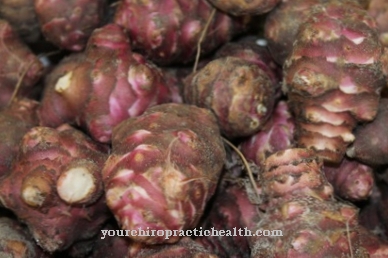
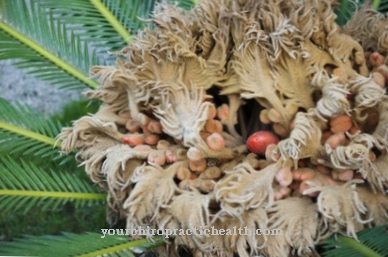
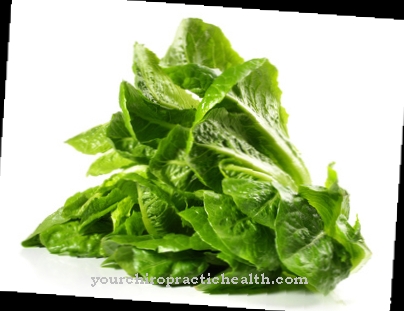
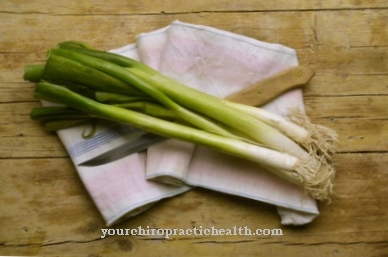


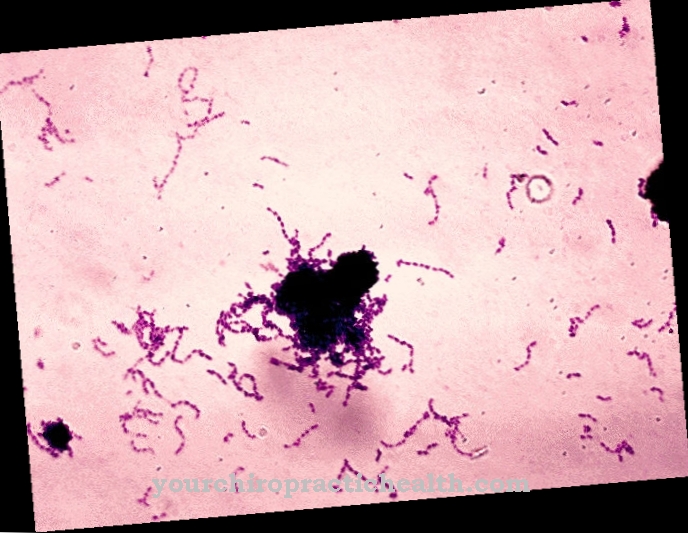



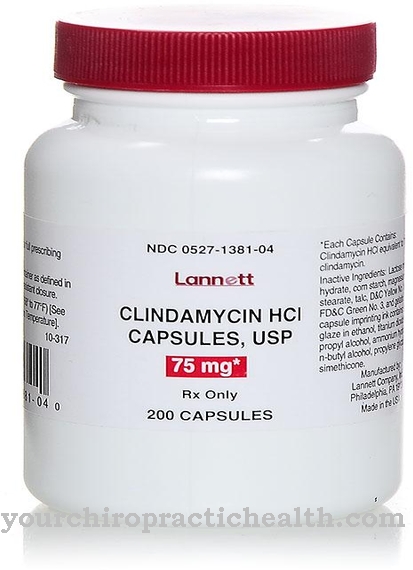

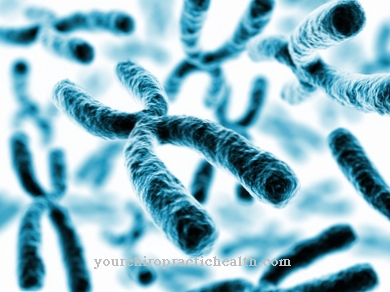


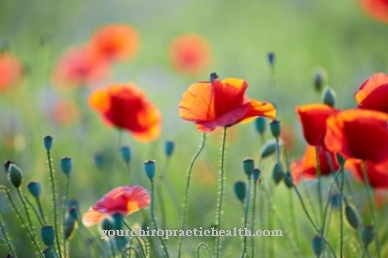






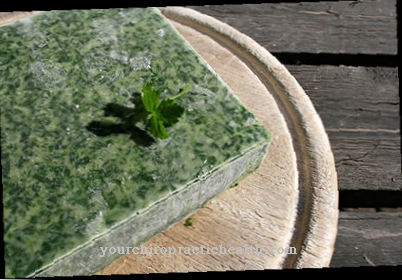

.jpg)

